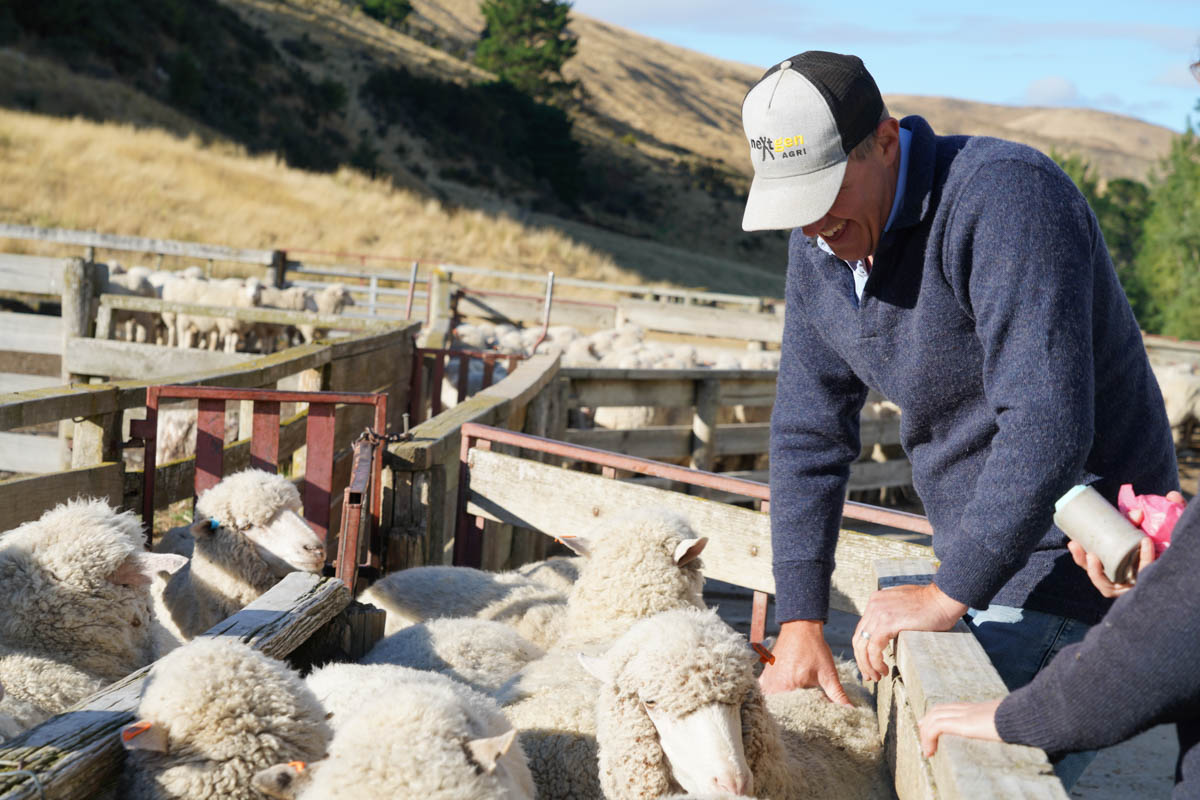Productivity and efficiency pays
After weaning, feed intake and animal growth rate are the most important parameters raising beef, Ken Geenty writes.

After weaning, feed intake and animal growth rate are the most important parameters raising beef, Ken Geenty writes.
Productivity and profit of your beef systems relies on combinations of good calving percentages and weaning weights then efficient growth of weaners to sale or slaughter. A key element is astute feeding according to animal needs at all stages of this production cycle.
Several measures of productivity and efficiency can help benchmark your production against previous years and/or other farms. Estimates for breeding cows involve both cow and calf parameters whereas after weaning it boils down to feed intake and animal growth rate. Breaking down and examining the components of these measures will help identify areas where you can improve.
The overall productivity of a breeding cow is made up of both weaning percentage and calf weaning weight. These are often combined to give cow productivity:
PRODUCTIVITY = No. of calves weaned x Ave weaning weight
No. of cows joined with bull
However, the total feed consumed by large cows is greater than for small cows. To allow for this the term weight of calf weaned per cow joined, or productivity, is divided by cow liveweight to give an indication of efficiency as follows:
EFFICIENCY = Productivity
Cow liveweight
Usually autumn or cow weight at weaning is used for the above estimate of biological efficiency. Consideration should also be given to cow body condition score (BCS) which should be about 6-7 as calves are weaned.

Generally smaller cows that wean heavy calves in excess of 50% of cow liveweight are most efficient. This is probably easiest by crossing a larger terminal sire breed with smaller dam breeds. However, as shown in Table 1, the difference in annual feed consumption (kg DM/head/year) for small, medium or large cows shows small cows rearing small calves can be just as efficient and profitable as large cows rearing large calves. Remembering though that small calves may be more difficult to market. Therefore small, medium or large cows that wean calves about 50% of cow liveweight are almost equally profitable. So it’s numbers of calves weaned at good weights that make a beef cow herd profitable. The high levels of feeding for this calf weaning will also hold cow BCS to ensure good ongoing production.
In summary the total weight of calves weaned is influenced by:
- Reproductive performance – empty cows are unproductive passengers
- Feeding levels of cow and suckled calf – generous allowances, especially during lactation
- Cow and calf genetics – based on proven breeding values plus hybrid vigor
- Cow and calf health – effective animal health plans
- Calf age at weaning – ideally near 200 days.
After calf weaning the all-important parameters are animal growth rate and feed consumption. The measure of efficiency here is the ratio of the amount of feed eaten per unit of liveweight gain. Because feed is the numerator the lower the value the greater the feed conversion efficiency (FCE).
Values for fast growing cattle at pasture are in the range 7-10kg of DM consumed/kg of liveweight gain. High performance cattle on feedlot concentrates are considerably more efficient with values closer to 5-7. Pig and poultry producers aim for FCEs below 2 as monogastrics are much more efficient than ruminants.
The major factor affecting FCE in beef animals is rate of liveweight gain. As shown in Table 2 values vary from 19 to 6.3 as daily weight gains increase from 0.25kg/day to 1.5kg/day.

From Table 2, a steer growing at 0.75kg/day eats 40% more DM per kg of liveweight gain than one growing at 1.5kg/day. Clearly suggesting maximum liveweight gain should be achieved for more efficient use of feed. Remembering other factors such as different feeding costs during the year, seasonal pasture growth rates, managing pasture quality, competing needs of other livestock etc. also need consideration.
A summary of relative value of pasture DM per month, given in Table 3, reflects the opportunity cost of DM through the year. In this table nominal seasonal pasture growth rate values are used for example.
Slower pasture growth rate in winter has a higher value equivalent to charging $13/cow/week for dairy grazing versus charging $1.50/cow/week in summer. Therefore the enterprise, beef or sheep, with greater demand over winter will ‘pay’ more for the pasture dry matter so should be generating higher returns per kg of DM.
An alternative method of expressing animal genetic differences in FCE is use of net feed intake (NFI). Progeny of different bulls are measured for feed intake, normally on a feedlot, with measurements compared with expected values from feeding tables for similar animals.
A bull whose progeny consumes less feed than expected over the test period will have a lower or more desirable FCE. Whereas a bull with progeny having a higher NFI will have a more positive or less desirable FCE.
Australian research has shown bulls ranked on feedlots for FCE of their progeny show similar ranking under pasture grazing. This is fortunate as feedlot data can be used for selecting bulls for pasture or feedlot systems.




